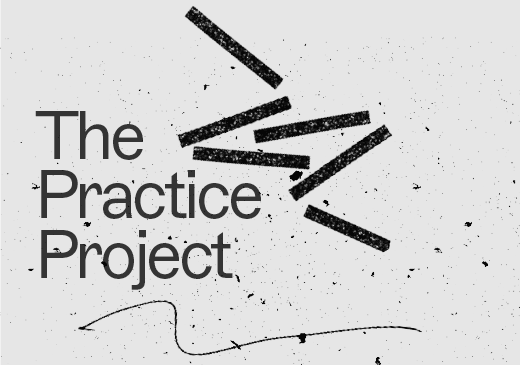Introduction:
Musicians and music teachers are a hugely diverse group, playing and teaching many different types of music, on a wide range of instruments. So it's inevitable that they tend to approach teaching, practice and performance in many different ways.
On this very broad spectrum, there are two extremes. There are technically-driven musicians, known for their precision, but who can sometimes lack emotion and expression. And then there are the more aesthetically-focused musicians; their playing radiates emotion, but this can be at the expense of accuracy and fluency.
Both approaches are valid, and probably necessary, in their own right. But as musicians, we can find ourselves torn between the technical needs and the emotional aesthetics of the music we play. Striking the right balance between the two is often the key to an exceptional performance.
This post explores the insights of Charise Hastings, whose article in 2014 ‘Musical Practicing: A Hermeneutic Model for Integrating Technique and Aesthetics’ illuminated the interplay between technical mastery and aesthetic goals. Hastings describes her approach to developing a style that embodies both the artistry and the technical prowess that music demands, and suggests that the most captivating performances often come from a synthesis of these two contrasting elements.
Balancing Technique and Aesthetics
In this context, technique is the combination of the different physical and cognitive skills that you need to play your chosen musical instrument. In simple terms, hitting the right notes, in the right sequence, with the correct timing.
Whereas the aesthetics of a piece are the beauty and emotion that the music conveys - how it makes a performer or teacher think and feel, and what emotions they want to convey to their audience or students when playing or teaching the piece.
When we are playing or teaching music, Hastings encourages us not to view the aesthetics of the piece as secondary, but as an integral part of the process. She believes that, by combining the technical and aesthetic elements effectively, musicians can deliver much more profound performances; and teachers can instil in their pupils a holistic knowledge of the music and how to connect with it.
Hastings’ approach to combining technique and aesthetics focuses on three key principles:
1. Setting Aesthetic Goals from the Start
The first step is to decide what emotional impact you want to have on your audience. This aesthetic intent, whether it’s to evoke joy, sadness, or any other sentiment, should be established as a foundational goal of your practice and performance.
2. Being Methodical in Practice
The second key aspect is the nature and method of your practice. Deliberate, immersive practice allows for a deep understanding of the musical score, careful listening to the sounds you are producing, and also close consideration of the emotions you want to convey. All of this lets you bridge the gap between the score and your aesthetic goals, so that your music follows both.
3. Developing Your Own Interpretation:
The third element of Hastings’ approach focuses on interpretation. You should consciously decide whether you are aiming to convey the composer's voice, or to express your own personal interpretation of the piece. Hastings emphasises the importance of independent creativity. She invites musicians to trust their intuition and experiment with their own sound, rather than feeling compelled to follow more traditional interpretations.
Hastings also feels that the process of consciously deciding on, and then developing, an interpretation of a piece is as important as the interpretation itself.
For example, some musicians may prefer to represent the composer’s own world and voice, perhaps through research and harmonic analyses. While others might achieve their aesthetic goals by experimenting with their own, more subjective and innovative, interpretations. Hastings believes that both approaches are equally valid and that both can lead to remarkable musical performances.
Conclusion:
For Hastings then, its never just about the notes and the score - its as much (if not more) about appreciating the aesthetic impact of music, the emotions it creates, and how we convey those emotions as a musician or teacher. By setting aesthetic goals, we can build a foundation for a much deeper appreciation of the music that we learn, play and teach.
Hastings' insights remind us that a musician's journey is not just about hitting the right notes but also about understanding the emotional essence of a piece and effectively conveying it. Whether your inclination is towards the technical or the aesthetic, the key is to harmonise the two, and approach your teaching or playing from a broader, more holistic perspective.
